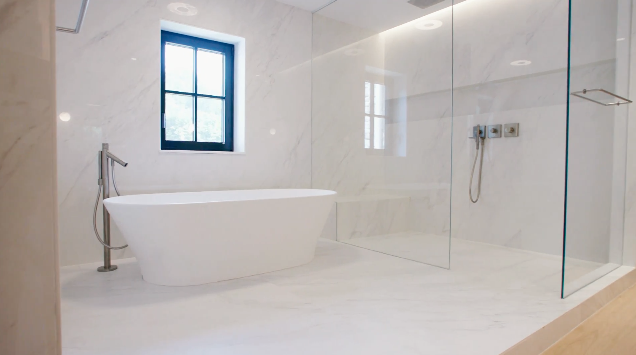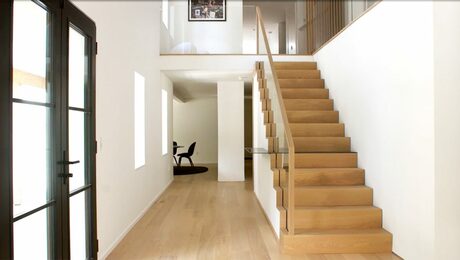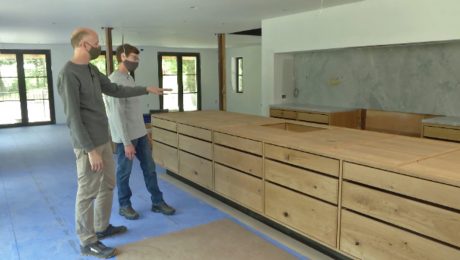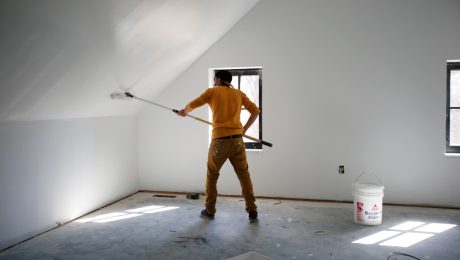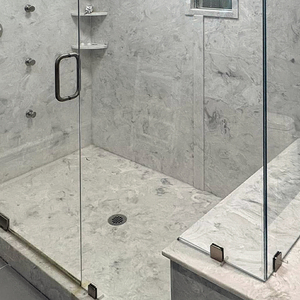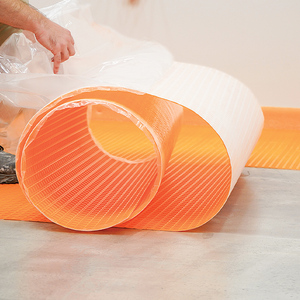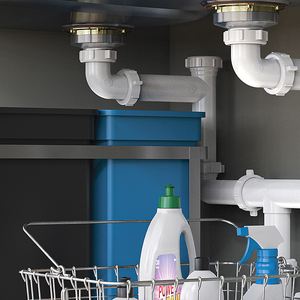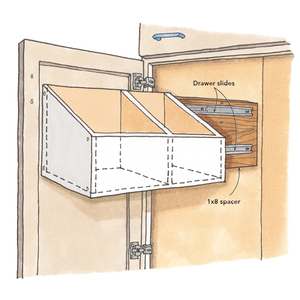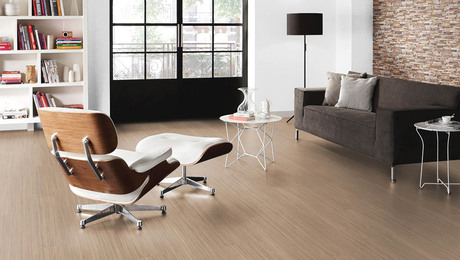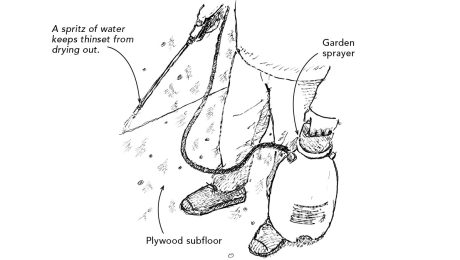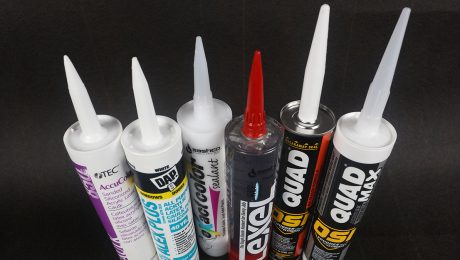Waterproofing a Custom Bathroom Suite Using Schluter Systems
Watch how Schluter's line of products were used to waterproof and unlock some interesting design features in this bathroom suite at FHB House CT.
Sponsored by Schluter Systems
The trickiest part to a detailing a complicated bathroom is taking all of the individual parts and pieces, such as a shower with niches, a bench, and a wet area around a tub, and bringing them all together while keeping everything waterproof. The best way to get the perfect end result is to stick to one full system, and at Fine Homebuilding House Connecticut, they’re using Schluter Systems.
In the primary bathroom suite, the foundation of the waterproofing system is Schluter KERDI-BOARD. It’s a high-density foam product that can be either applied over the studs and fastened with screws and washers or purchased in thicker pieces that can be used structurally, for building a bench or a niche. This product is lightweight and easy to work with, and after the penetrations and seams are treated, you’re ready to move right into tiling.
The whole back of the bathroom is designated as a wet area, housing a shower and an area with a soaking tub. For the shower floor, the team chose a Schluter single-slope shower pan. It’s a foam piece, just like KERDI-BOARD, with a membrane on one side. It gets dropped down into the framing to direct water in one direction toward the linear drain.
You can build a Schluter shower pan with a curb, buy a curbed pan in preformed pieces, or use KERDI-BOARD as a curb, but in this case, the team is going with a barrier-free bath. That means that they built up one whole section of the floor, but left the other a bit lower to drop the pan in place and create a seamless transition from the floor outside the shower to the floor inside the shower.
The last component of the bathroom waterproofing system is an uncoupling membrane called DITRA. An uncoupling membrane is essentially a layer that separates the tile from the framing below in case there are any shifts or flexing. It helps prevent the tile from popping off and the grout joints from breaking. The team used a special form of DITRA membrane called DITRA-HEAT—a slightly different product that allows you to snap electric resistance cables into the membrane to create in-floor heat. It was applied over the floor and into the shower.
To learn more about Schluter Systems and find detailed installation instructions, visit www.schluter.com

